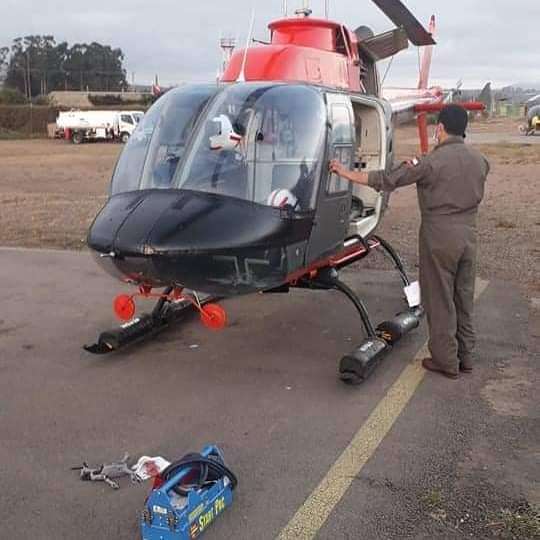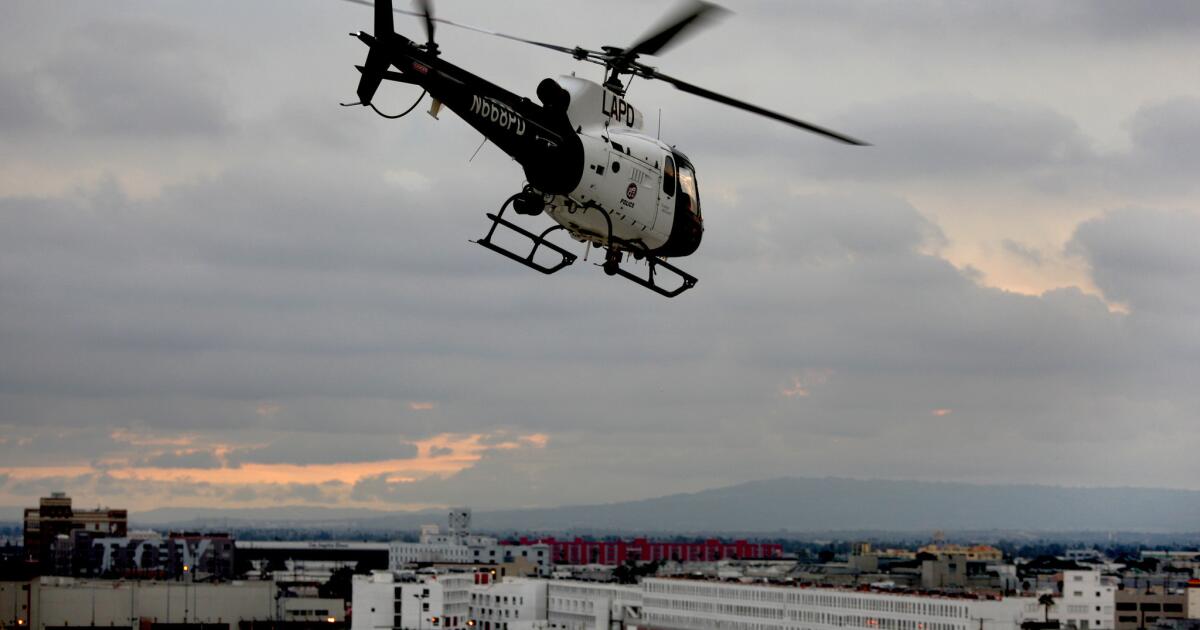I've been talking about this in other places, but it really belongs here in the "Rules and Regs" section.
The idea is to develop a distinct, non-waiver-based rating that would allow properly trained and rated pilots to fly properly equipped aircraft BVLOS, in appropriate locations.
This should be available to anyone, but be much easier to get for Part 61 instrument rated pilots.
It should be limited to uncontrolled airspace, at least during a trial period.
The pilot, aircraft and location reuirements should be based on quantitative estimates of major damage. The fact that some Bad Thing COULD happen is not by itself sufficient to prohibit it. The appropriate question is...what are the odds?
If the odds of something Really Bad happening for some given combination of pilot, aircraft, and location, are of the same order as things that we routinely acccept every day, like getting into a car accident, then that BVLOS operation should be permitted.
Comments, thoughts, and suggestions greatly appreciated!

Thx,
TCS
The idea is to develop a distinct, non-waiver-based rating that would allow properly trained and rated pilots to fly properly equipped aircraft BVLOS, in appropriate locations.
This should be available to anyone, but be much easier to get for Part 61 instrument rated pilots.
It should be limited to uncontrolled airspace, at least during a trial period.
The pilot, aircraft and location reuirements should be based on quantitative estimates of major damage. The fact that some Bad Thing COULD happen is not by itself sufficient to prohibit it. The appropriate question is...what are the odds?
If the odds of something Really Bad happening for some given combination of pilot, aircraft, and location, are of the same order as things that we routinely acccept every day, like getting into a car accident, then that BVLOS operation should be permitted.
Comments, thoughts, and suggestions greatly appreciated!
Thx,
TCS













